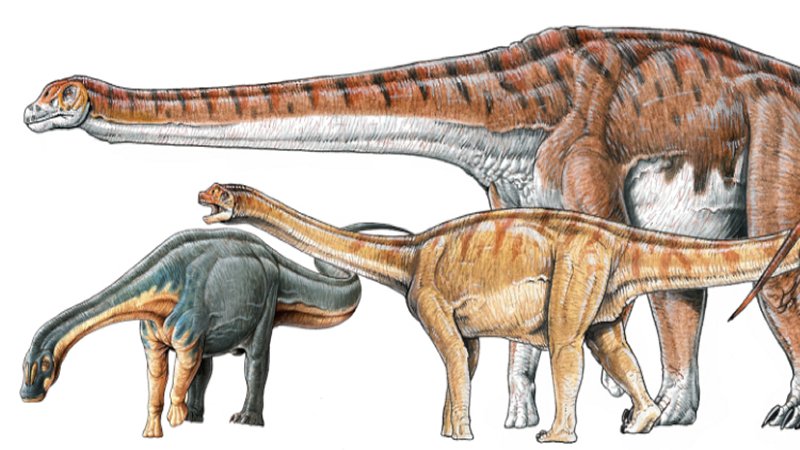Why Do Chameleons Change Colors In Unusual Ways?
MessageToEagle.com – Chameleons change colors in unusual ways when they interact with other chameleons and it doesn’t happen without a reason.
Native to Saudi Arabia and Yemen, veiled chameleons (Chameleon calyptratus) change colors when they convey different types of information during important social interactions.
When male chameleons challenge each other for territory or a female, their coloring becomes brighter and much more intense.
Males that display brighter stripes when they are aggressive are more likely to approach their opponent, and those that achieve brighter head colors are more likely to win fights.
Also, how quickly their heads change color is an important predictor of which chameleon will win a skirmish.
“We found that the stripes, which are most apparent when chameleons display their bodies laterally to their opponents, predict the likelihood that a chameleon will follow up with an actual approach,” said Russell Ligon, a doctoral candidate in ASU’s School of Life Sciences.

“In addition, head coloration — specifically brightness and speed of color change — predicted which was lizard was going to win.”
Researchers studied the distance, maximum brightness and speed of color change of 28 different patches across the chameleons’ bodies.
Chameleons typically have resting colors that range from brown to green, with hints of yellow, but each chameleon has unique markings.
See also:
Three-Eyed Tuatara Is The Closest Living Relative To The Dinosaurs
Ilha de Queimada Grande: The Snake Island Is World’s Deadliest Island
During a contest, the lizards show bright yellows, oranges, greens and turquoises. Interestingly, when the chameleons showed-off their stripes from a distance and followed that display with a “head-on” approach before combat, the important color signals on the striped parts of the body and head were accentuated.
“By using bright color signals and drastically changing their physical appearance, the chameleons’ bodies become almost like a billboard — the winner of a fight is often decided before they actually make physical contact,” Ligon said.
“The winner is the one that causes its opponent to retreat. While sometimes they do engage in physical combat, these contests are very short — five to 15 seconds. More often than not, their color displays end the contest before they even get started.”
MessageToEagle.com
Related Posts
-
 New Cell Type In Human Lung With Regenerative Properties – Discovered
No Comments | Apr 4, 2022
New Cell Type In Human Lung With Regenerative Properties – Discovered
No Comments | Apr 4, 2022 -
 Will A Milky Way Supernova Be Visible From Earth In The Next 50 Years?
No Comments | Aug 1, 2016
Will A Milky Way Supernova Be Visible From Earth In The Next 50 Years?
No Comments | Aug 1, 2016 -
 Great Attractor: Mysterious Gravitational Anomaly Beyond Hydra-Centaurus Supercluster
No Comments | Jun 4, 2017
Great Attractor: Mysterious Gravitational Anomaly Beyond Hydra-Centaurus Supercluster
No Comments | Jun 4, 2017 -
 Genes, Or DNA Sequences That Don’t Reside In Any Of The 23 Human Chromosomes – Study
No Comments | Aug 13, 2024
Genes, Or DNA Sequences That Don’t Reside In Any Of The 23 Human Chromosomes – Study
No Comments | Aug 13, 2024 -
 A 98 Million-Year-Old Gigantic Sauropod Found In Neuquén Province, Argentina
No Comments | Jan 21, 2021
A 98 Million-Year-Old Gigantic Sauropod Found In Neuquén Province, Argentina
No Comments | Jan 21, 2021 -
 A Teaspoon Of Soil Contains More Living Organisms Than There Are People On Earth
No Comments | Jan 11, 2016
A Teaspoon Of Soil Contains More Living Organisms Than There Are People On Earth
No Comments | Jan 11, 2016 -
 Triassic Specimen Found To Be Early Relative Of Pterosaurs A Century After Its Discovery
No Comments | Oct 10, 2022
Triassic Specimen Found To Be Early Relative Of Pterosaurs A Century After Its Discovery
No Comments | Oct 10, 2022 -
 Small Horned Dinosaur From China Walked On Two Feet
No Comments | Jul 17, 2019
Small Horned Dinosaur From China Walked On Two Feet
No Comments | Jul 17, 2019 -
 The Bayeux Tapestry: One Of The Great Historical Records Of The Middle Ages
No Comments | Feb 29, 2016
The Bayeux Tapestry: One Of The Great Historical Records Of The Middle Ages
No Comments | Feb 29, 2016 -
 The ‘Walking Under Ladder’ Superstition Can Be Traced To Ancient Egypt
No Comments | Aug 26, 2015
The ‘Walking Under Ladder’ Superstition Can Be Traced To Ancient Egypt
No Comments | Aug 26, 2015
